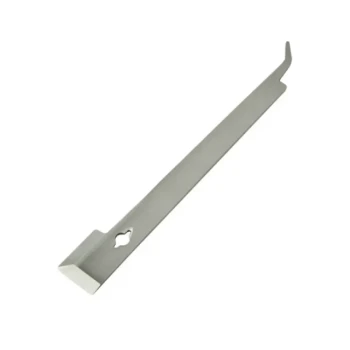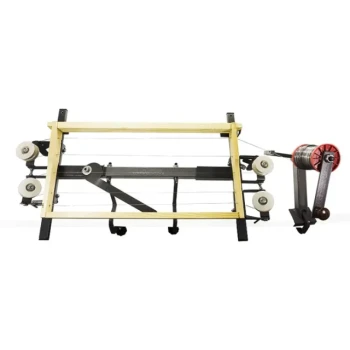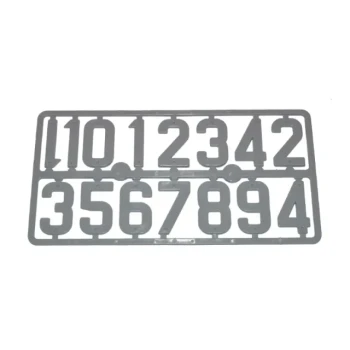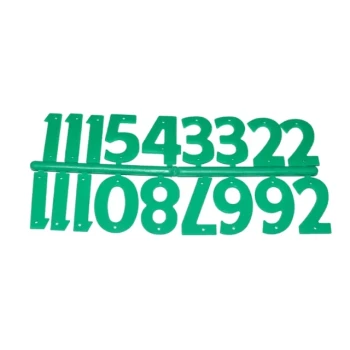For new beekeepers, the recommended number is two. While you can succeed with a single beehive, starting with two dramatically increases your chances of success and accelerates your learning. This approach provides critical insurance against loss and offers invaluable opportunities for comparison and resource management that are impossible with just one colony.
The question isn't just about the number of hives, but about your strategy for success. Starting with two hives isn't about doubling the work; it's about giving yourself the tools and flexibility to solve problems and become a capable beekeeper.
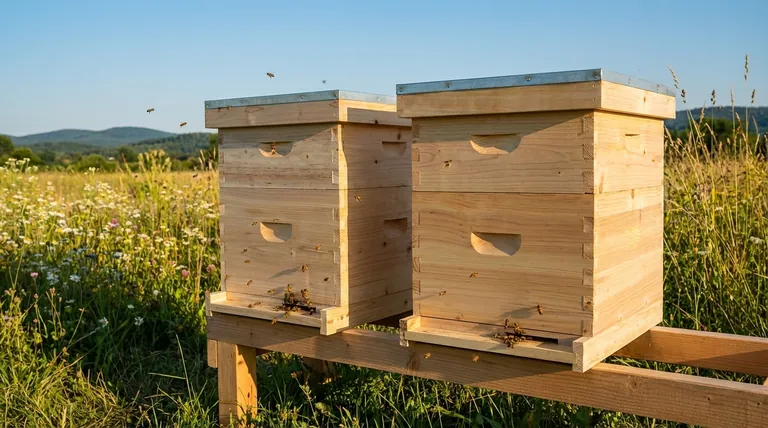
The Risk of Starting with a Single Hive
The appeal of starting with just one hive is understandable—it seems simpler and less expensive. However, this approach puts you at a significant disadvantage from the very beginning.
The Danger of Total Loss
A new colony is fragile. If your single hive loses its queen, succumbs to disease, or fails to survive its first winter, your beekeeping season is over. You are left with empty equipment and have to start over from scratch the following year.
No Frame of Reference
With only one hive, you have no benchmark for "normal." Is your queen laying well? Are the bees bringing in enough pollen? Without a second colony to compare against, it is nearly impossible for a beginner to diagnose subtle problems or even recognize what a healthy, thriving hive looks like.
A Limited Toolkit for Intervention
Many common hive problems can be solved by sharing resources between colonies. A weak hive can often be saved with a frame of brood or bees from a stronger neighbor. With only one hive, you have no such options.
The Strategic Advantage of Two Hives
Starting with two hives is the consensus recommendation from experienced beekeepers for a reason. It immediately provides you with management options that are crucial for learning and success.
Built-in Insurance
If one hive becomes weak or queenless, you can use the resources from the stronger hive to save it. You can transfer a frame of eggs to allow the weak hive to raise a new queen, or you can bolster its population with a frame of emerging bees.
A Powerful Learning Tool
Having two hives side-by-side is the single best learning tool for a new beekeeper. You can directly compare their temperament, population growth, and honey production. This comparison makes it far easier to spot issues and understand the cause-and-effect of your management decisions.
The Ability to "Equalize" Hives
A key management technique is "equalizing," or balancing the strength of your hives. By moving frames of sealed brood from a very strong hive to a weaker one, you can ensure both colonies are robust and productive heading into winter or a major nectar flow.
Understanding the Trade-offs
Opting for two hives is not without its considerations, but the benefits almost always outweigh the drawbacks for a beginner.
Clarifying "Boxes" vs. "Hives"
A "hive" refers to the entire colony of bees and their physical home. This home is typically made of several stacked "boxes." A common starting configuration is a Langstroth hive with two deep brood boxes that form the main living quarters for the bees. So, one hive will consist of multiple boxes.
The Initial Investment
The most obvious trade-off is cost. Purchasing two colonies of bees and two sets of hive equipment represents a larger upfront investment. However, this cost should be weighed against the much higher risk of losing your entire investment when starting with only one hive.
A Manageable Workload
While two hives are more work than one, the workload is still very manageable for a beginner. Some new beekeepers even start with three hives, but two is the ideal number to balance learning opportunities with a manageable workload.
Making the Right Choice for Your First Season
Your starting number of hives should align directly with your goals for your first year as a beekeeper.
- If your primary focus is minimizing initial cost: Starting with one hive is the cheapest option, but you must accept the significant risk of total failure and a much steeper, more difficult learning curve.
- If your primary focus is maximizing your chance of success: Starting with two hives is the universally recommended best practice that provides insurance, comparison, and critical management flexibility.
- If your primary focus is future expansion: Starting with two or three strong hives will provide a solid foundation, potentially allowing you to split them into several more colonies by your second year.
Setting yourself up with two hives from the start is the single best decision you can make for a long and rewarding beekeeping journey.
Summary Table:
| Starting Option | Key Advantage | Main Disadvantage | Best For |
|---|---|---|---|
| One Hive | Lower initial cost | High risk of total loss; no frame of reference | Beekeepers strictly minimizing upfront cost |
| Two Hives | Built-in insurance; powerful learning tool | Higher initial investment | Beekeepers focused on maximizing success and learning |
Ready to build a resilient and successful apiary?
Starting with the right number of hives is just the beginning. Equip your operation with durable, high-performance beekeeping supplies from HONESTBEE. We supply commercial apiaries and beekeeping equipment distributors with the wholesale-quality gear needed to manage multiple hives efficiently and scale with confidence.
Contact HONESTBEE today to discuss your wholesale needs and how our equipment can support your beekeeping success from day one.
Visual Guide
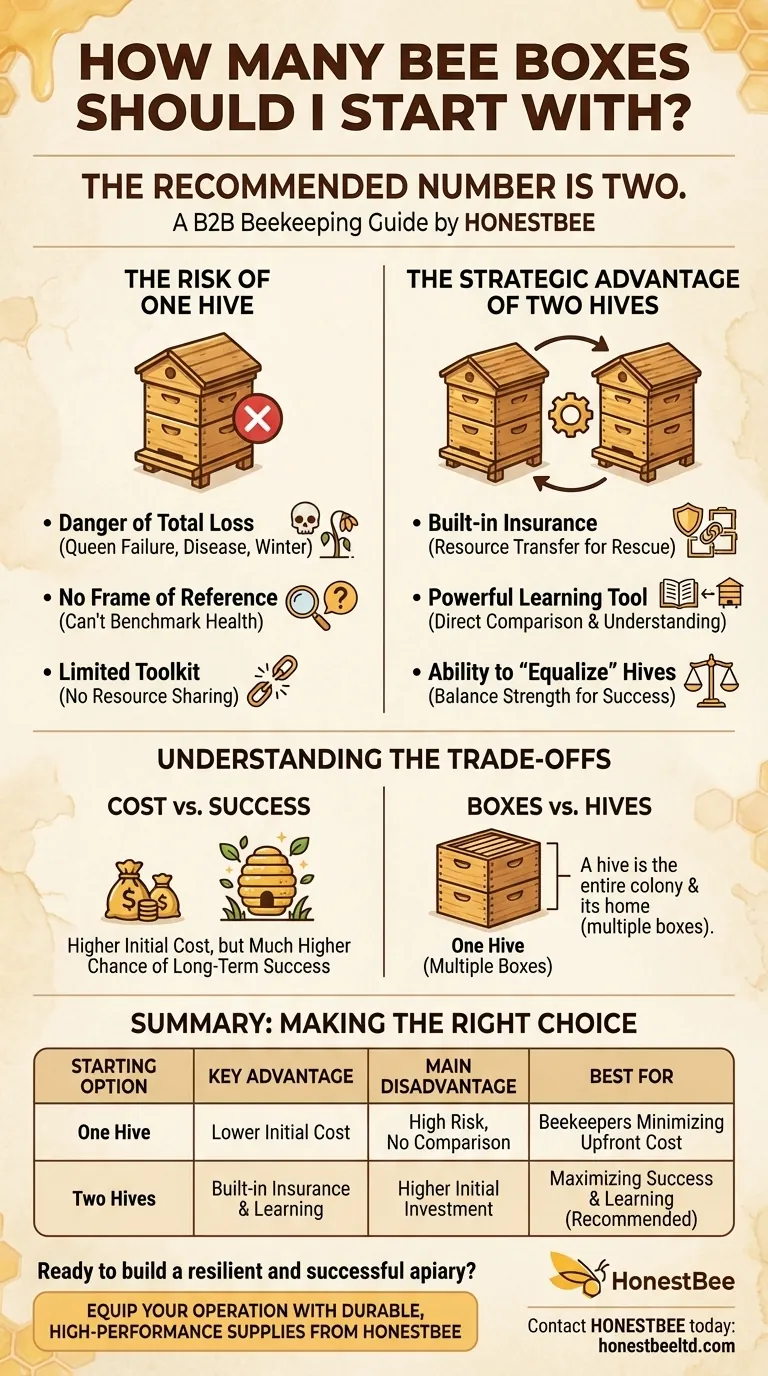
Related Products
- Langstroth Bee Hives Bee Keeping Box for Beginners Beekeeping
- HONESTBEE Advanced Ergonomic Stainless Steel Hive Tool for Beekeeping
- HONESTBEE Professional Long Handled Hive Tool with Precision Cutting Blade
- Professional Dual-End Stainless Steel Hive Tool for Beekeeping
- Wholesales Dadant Size Wooden Bee Hives for Beekeeping
People Also Ask
- Why are Langstroth hives recommended for beginners? Unmatched Support & Standardization
- What are the different types of beehive boxes available? Choose the Right Hive for Your Apiary
- Why were wooden hives traditionally preferred? For Natural Beekeeping Aligned with Bee Biology
- Should a beginner try a different type of hive? Start with a Langstroth for a solid foundation.
- How does the ease of access differ between 8-frame and 10-frame hives? Choose the Right Hive for Your Body










